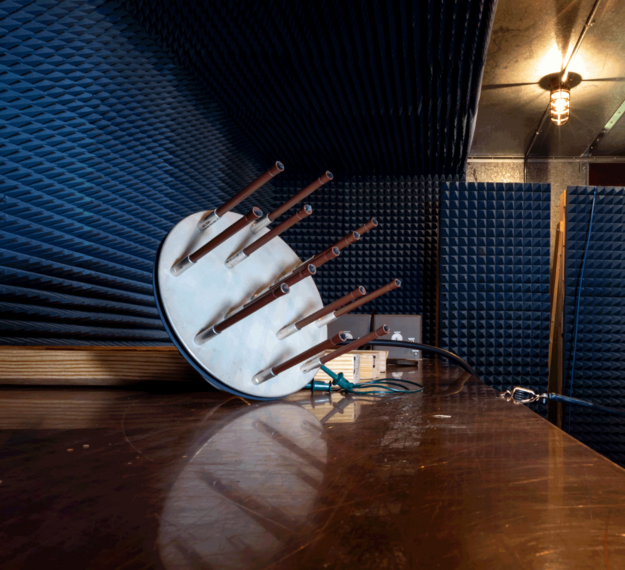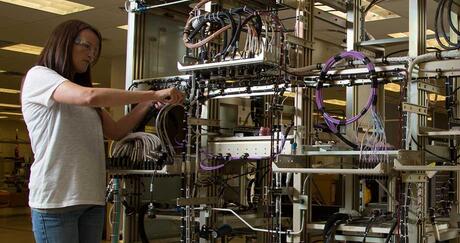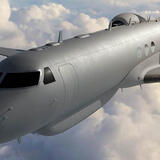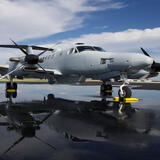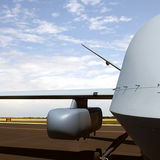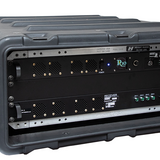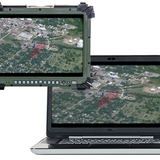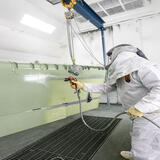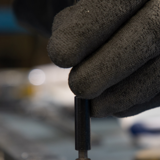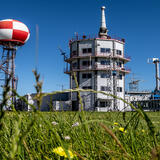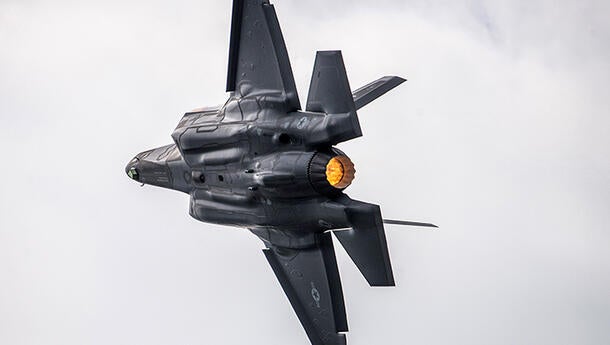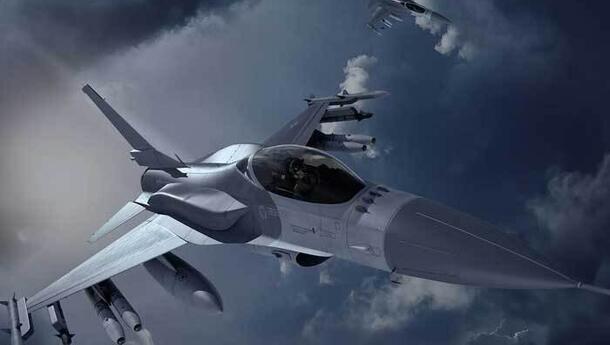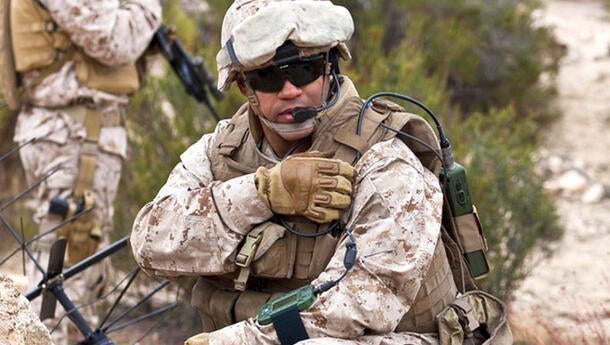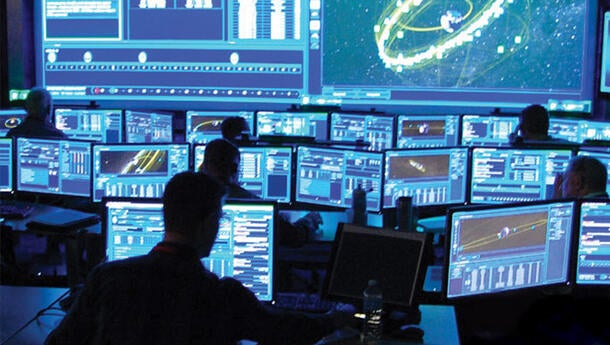Product Specifications
L3Harris is equipped to perform electromagnetic environmental effects (E3) testing to meet our customer needs while accommodating government, military (all branches) and commercial aircraft specifications. Our engineers located in Greenville, Texas are experienced in E3/TEMPEST design and testing of aircrafts units and systems with certifications that include NARTE Electromagnetic Control Engineer and NSA TEMPEST Engineer. L3Harris meets customer requirements by conducting electromagnetic effects design and electromagnetic interference (EMI) screen room testing to RTCA DO-160 and MIL STD 461 which provides system level risk mitigation as well as aircraft FAA supplemental type certification (STC) approvals.
- Strict Adherence to Control of EMI
- Safety Issues: Aircraft Safe to Fly with Respect to EMC
- Reduction of Interference to Avionics
- Radiation Hazards
- Communications Security
- Electromagnetic Pulse (EMP)
- EME Analysis
- Identify Potential Incompatibilities Early (Protection is Designed Into the System)
- High Intensity Radiated Fields (HIRF)
- Lightning Analysis
- Precipitation Static Analysis
- Design Support
- Define Shielding and Grounding Schemes
- Define Red/Black Architecture for Secure Systems
- Define Wire Categories for Interface Cable Routing
- Define Electrical Bonding Requirements
- Define Lightning Protection
- Installation & Integration Support
- Hazards of Electromagnetic Radiation to Ordinance (HERO)
- Hazards of Electromagnetic Radiation to Fuels (HERF)
- Hazards of Electromagnetic Radiation to Personnel (HERP)
- Antenna Radome Transmissivity Testing
- MIL STD-461/ RTCA DO-160
- Conducted Emissions
- Radiated Emissions
- Conducted Susceptibility
- Radiated Susceptibility
- Capabilities for Group B EMI Testing
TEMPEST Evaluations
Equipment Level Evaluations
RTCA DO-160G as defined below:
- Section 16.0 Power Input, Category A Equipment
- Section 17.0 Voltage Spike, Category A Equipment
- Section 18.0 Audio Frequency Conducted
- Susceptibility - Power Inputs; Category R Equipment
- Section 19.0 Induced Signal Susceptibility (Radiated and Conducted); Category CC Equipment
- Section 20.0 Radio Frequency Susceptibility (Radiated and Conducted); Category R Equipment (Note 1)
- Section 21.0 Emission of Radio Frequency Energy; Category M Equipment
MIL-STD-461F as defined below:
- CE102 Conduced Emissions, Power Leads, 10 kHz to 10 MHz
- CS101 Conducted Susceptibility, Power Leads, 30Hz to 150 kHz
- CS114 Conducted Susceptibility, Bulk Cable Injection, 10 kHz to 200 MHz, Curve 3
- CS115 Conducted Susceptibility, Bulk Cable Injection, Impulse Excitation
- CS116 Conducted Susceptibility, Damped Sinusoidal Transients, Cables and Power Leads,10 kHz to 100 MHz
- RE102 Radiated Emissions, Electric Field, 2 MHz to 18 GHz
- RS103 Radiated Susceptibility, Electric Field, 2 MHz to 18 GHz (Note 2)
Notes:
(1) Maximum radiated susceptibility field level from 400 MHz to 8 GHzis 60 V\m
(2) Air Force Aircraft Internal field levels up to a maximum frequency of 8 GHz
